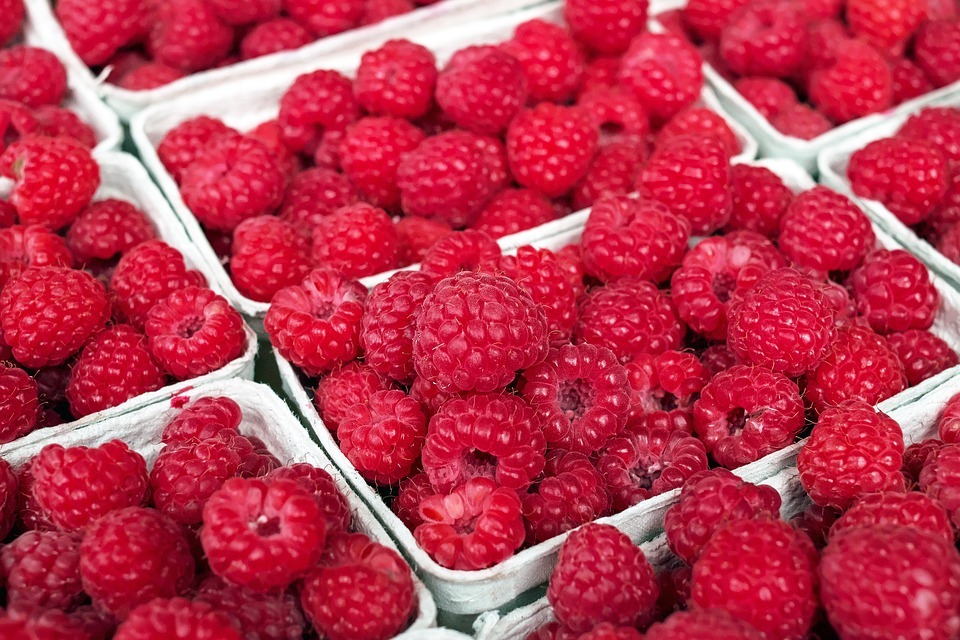If you ask us, we think that every garden should have a ravishing, sweet raspberry plant in them. Plus, for the amount of space that the raspberry plant occupies, they inevitably produce a phenomenal quantity of berries. These berries can be eaten raw, frozen, and they can be used in different types of food such as raspberry jam and raspberry liqueur. The possibilities are endless if you have your unlimited supply of raspberries. That’s why in this article, we are going to give you a guide on how to plant and raise juicy raspberries correctly.
Pick the Right Type of Raspberries
The first thing that you should know if you’re going to grow raspberries in your garden is to choose the right type for you. For starters, raspberries come in two categories, and they are the fall-bearing or everbearing and summer bearing raspberries.
Summer bearing raspberries produce a hefty amount of fruits during the late summer. While fall-bearing raspberries produce two crops a year, one during early autumn and a fewer harvest during the early summer. Raspberries come in three colors, the black or also known as Bristol, red or also known as Autumn Bliss, and the yellow, which is also known as Honeyqueen. But among those three colors, the red raspberries are more laborious, healthy, and it produces more fruits.
Choose the Right Spot for Your Raspberry Plant
Take note that raspberries are active growers, and they can produce runners that can fill up a bed. We suggest that you should choose a place that receives the most sun during the day with well-drained soil. You should also dig some compost in order to give your raspberry plan a head start. You can buy raspberries bare-root during spring, or you can buy them as container-grown plants for summer, spring, or autumn planting. Nevertheless, you should plant them 20 inches apart and on rows that are 5 feet apart.
Pruning the Raspberries
Pruning raspberries largely depends on the type of raspberry that you’re growing. Summer-bearing raspberries are easy to prune. If you see an individual cane bear fruit, all you have to do is cut it back to the ground after you harvested all the fruit in it. Take note that your own canes only bears fruit only once. Make sure that you leave all the new rods that are yet to bear fruits because they will do so the next year.
On the other hand, fall-bearing raspberries will give you a second crop on the following summer, which is why you have to wait until next autumn to prune them back. But here is a trick that is used by several raspberry growers, instead of getting two crops, you should cut down the entire stand in early spring. This will allow the plant to produce one big late crop. This means that you will still have enough raspberries even when everyone else’s trees are bare.
How to Train Raspberries
Raspberry plants can grow from 4 to 6 feet high, but it doesn’t mean that you have to trellis them as long as you have room for the canes to arch slightly. A small bed will do if you have a freestanding raspberry patch. If you want to have a row or two of raspberry plants, we suggest that you install a wire fence that has two or three vertical wires that are attached to the T-bar post at the end of each row. This way, the canes can go up that is supported by cables on either of the sides.
You should harvest the raspberries by gently tugging them and remember that they don’t keep well, which is why you should eat them fresh or freeze them.
If you happen to encounter a misshapen raspberry, which can be a berry that is drawn up on one side or another, it can be a result of poor pollination, which is caused by wet and cold spring. This is why you should consider keeping mason bees, they emerge earlier than honeybees, and they do a great job at pollinating any kinds of plants during the cold weather.
Keep in mind that Powdery mildew is a common disease that occurs in raspberries; that is why you should clean up all fallen leaves and fruits to keep the mildew at a minimum rate. This can also prevent raspberry rust, which is a disease that produces rusty dots on the raspberry plant’s leaves.
Raspberries are one of the most rewarding and productive fruits that anyone can grow in their home garden. Once you know how to plant and care for raspberries, you will be having an endless supply of this summer fruit.
